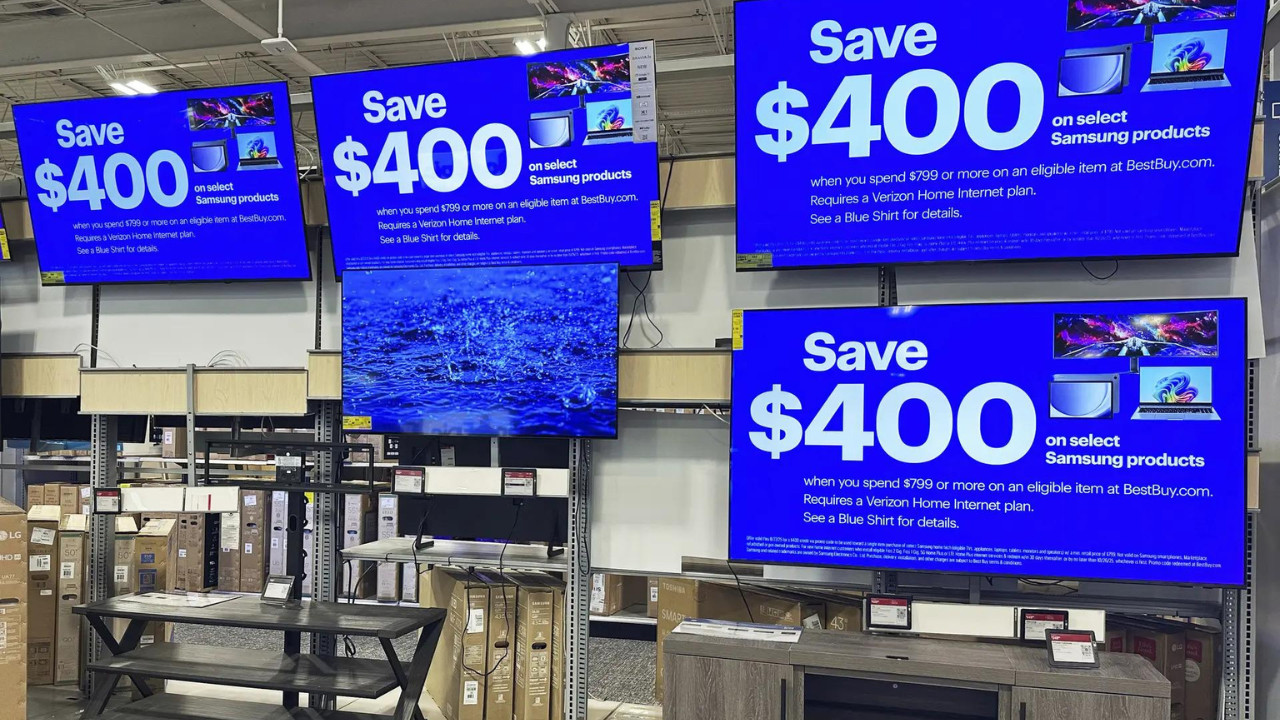US retail sales demonstrated resilience in July, growing by 0.5% despite rising prices influenced by President Trump’s tariffs. Auto dealerships and online retailers experienced strong performance. While clothing and furniture stores saw gains, electronics and restaurants faced declines. Inflation remained steady, but producer prices surged, hinting at potential future consumer price increases.
Are Consumers Still Spending? July Retail Sales Offer Clues
The economic tea leaves are notoriously hard to read, but a fresh batch just landed: July’s retail sales figures. And what do they tell us? Well, the American consumer, that engine of economic growth, seems to be holding steady, perhaps even revving up a bit.
Sales ticked up 0.5% last month, according to the latest numbers, a surprisingly resilient showing considering the ever-present anxieties about inflation and the ongoing debate surrounding interest rate hikes. This wasn’t a massive surge, but it was a solid performance, exceeding many analysts’ predictions and suggesting that the warnings of a looming recession might, just might, be a tad premature.
But let’s dig a little deeper. Where exactly are people spending their money? It appears the biggest gains were seen in auto sales, online shopping, and furniture. The automotive sector has been navigating supply chain snags and fluctuating prices for quite some time, so a boost here could signal that those issues are starting to ease.

The continued strength of online shopping is hardly a shock, given the convenience and ever-expanding options available at our fingertips. But the rise in furniture sales is particularly interesting. Could this be a sign that people are still investing in their homes, despite the higher interest rates affecting the housing market? Or perhaps it simply reflects a shift in spending habits as people prioritize home improvements over other discretionary expenses.
A Look Beyond the Headlines: What Drives Consumer Spending?
Of course, these numbers don’t tell the whole story. It’s crucial to understand the underlying factors influencing consumer behavior. Inflation, while showing some signs of cooling, is still a major concern. Higher prices for everyday goods and services inevitably put a strain on household budgets, forcing consumers to make tough choices about what to buy and what to forgo.
Interest rates, too, play a significant role. The Federal Reserve’s efforts to combat inflation by raising interest rates are designed to cool down the economy. Higher borrowing costs can discourage spending on big-ticket items like cars and homes, potentially leading to a slowdown in retail sales.
And then there’s the overall economic outlook. Consumer confidence is heavily influenced by perceptions of job security and future prosperity. If people are worried about losing their jobs or seeing their incomes decline, they are likely to cut back on spending, regardless of what the latest retail sales figures might say. Consider this related article on [the impact of inflation on consumer spending habits](internal-link-to-related-article).
The Impact of External Factors on Retail Numbers
What about outside influences? Global events can ripple through the economy and impact consumer behavior. Geopolitical tensions, trade disputes, and supply chain disruptions can all contribute to uncertainty and volatility in the retail sector. While the article alluded to tariffs in the past, their current impact seems less pronounced, suggesting consumers and retailers have adapted.
What Do These Retail Numbers Really Mean?
So, what are we to make of these July numbers? Are they a sign of continued economic strength, or simply a temporary blip on the radar? The truth, as always, is probably somewhere in between. The 0.5% increase is certainly encouraging, suggesting that the American consumer remains surprisingly resilient. But it’s important to remain cautious. The economic landscape is constantly evolving, and there are plenty of potential headwinds that could dampen consumer spending in the months ahead. Monitoring these trends closely will be vital for businesses navigating the current climate and shaping their strategies for the future. The key takeaway: consumer spending, a vital economic indicator, requires continuous observation and nuanced interpretation.







